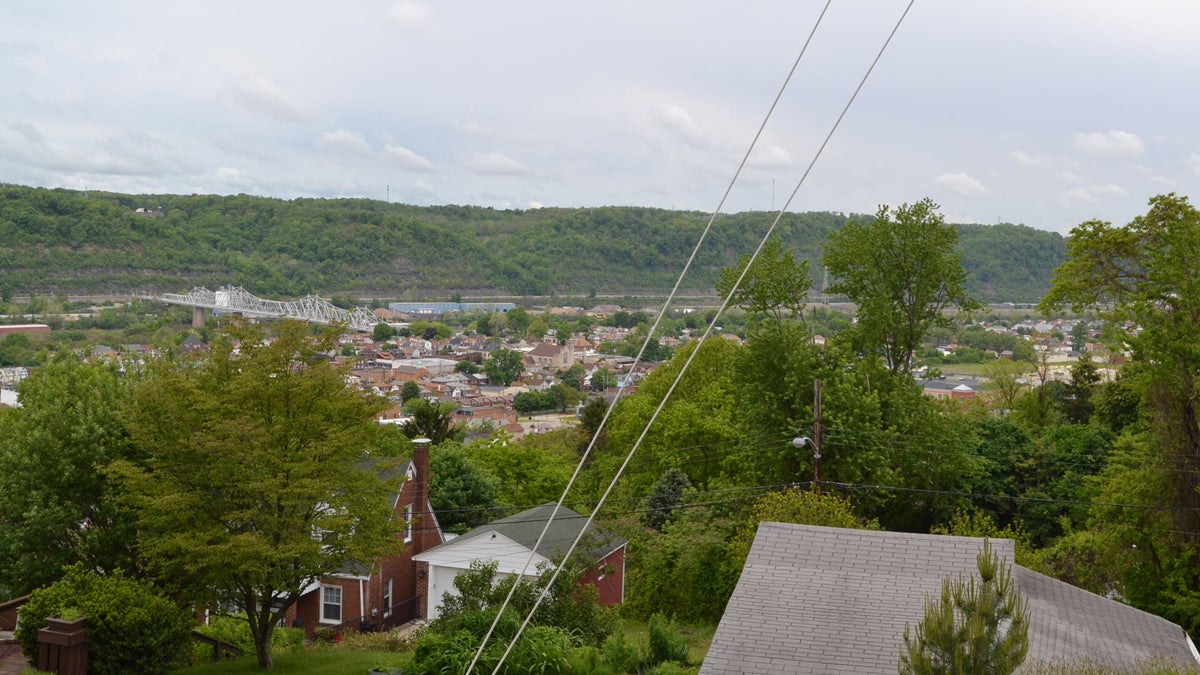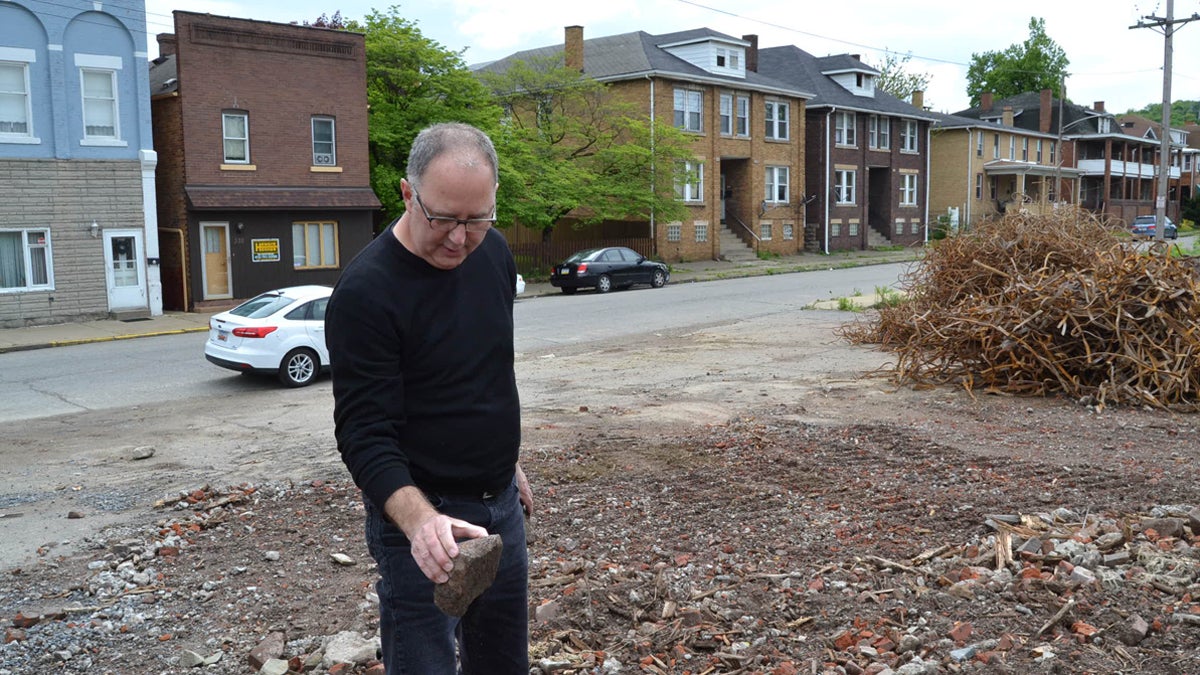A ‘Rust Belt Boy’ reflects on changing hometown
Listen
In his new book
A new book tells a nostalgic tale of growing up in Ambridge, Pa.
Everything you need to know about Ambridge, Pennsylvania is in the name. Once home to the American Bridge Company, Ambridge sits about 15 miles north of Pittsburgh, across the Ohio river from Aliquippa. To an outsider, it looks like any former steel town. But for Paul Hertneky, it’s something else entirely.
“Sons and daughters lucky enough to feel attached to a distinct hometown know it works its way under our skin and into our being,” writes Hertneky in his new book, “Rust Belt Boy: Stories of an American Childhood.”
It’s a memoir about growing up in a steel town as the U.S. lost its grip on the industry. The story is about Ambridge and Hertneky, but it will sound familiar to anyone who grew up during the industrial boom in Pennsylvania, and beyond. And for those who came of age or arrived after the bust, it provides context for those ‘good old days’ everyone’s always talking about.
Ambridge today
As part of his book tour, Hertneky came back to Ambridge and he gave me a tour of the book’s setting. Many of the spots mentioned in the book are no longer there: the once-vibrant downtown is quiet, the mills are abandoned and all signs of the American Bridge Company are erased.
“There was a massive building here until about six months ago,” said Hertneky, pointing to a large lot covered in rubble. “It was the office building for the American Bridge Corporation, and my father worked in there as a draftsman.”
We walked around the vacant lot, Hertneky looking for a brick to take home as a final memory of the place that defined this town for decades.
“On this site is where draftsmen drew the Verrazano-Narrows Bridge, the Empire State Building, the San Francisco Bay Bridge,” he said. “All these iconic buildings, the Sears Tower in Chicago, they were drawn in this town, in this building.”
As a writer, Hertneky felt drawn to these Ambridge stories, but he resisted writing them. He didn’t want to write about the town when it was at its lowest. He wanted to wait until there were signs of a comeback.

Author Paul Hertneky looks through the rubble left on the former lot of the American Bridge Corporation in of Ambridge, Pennsylvania. (Image courtesy of Esther Honig)
A vision for the future
That came in 2006 with the arrival of an Australian businessman interested in investing in abandoned industrial sites. Hertneky, living in New Hampshire at the time, came to town and wrangled a lunch meeting.
“He asked for steamed milk and honey,” Hertneky recalls. “I thought, wow, milk and honey. That’s what all of these people came here looking for. I looked into the German enclaves and saw, these are people who came here in the 1800s, looking to fulfill their vision. George Washington appeared in the 1700s, he had a vision. J.P. Morgan came and bought all the rest of this in 1904, he had a vision. Now, maybe we have a fourth visionary.”
While the Australian set out to make a new Ambridge, Hertneky set out to remember the old. And his book has been more succesful than the work of the supposed fourth visionary, which slowed to a crawl after the market collapse in 2008.
Telling the story of the past proved easier than trying to rebuild the future. Each chapter of Rust Belt Boy weaves Hertneky’s personal experiences into the larger history of the town. A bar fight with a steel mill worker turns into a story about the union protests of the 1930s. Corruption and politics collide when the author spends a summer working as a Senate page. And a mouthwatering chapter about pierogies is actually a reflection on the immigrants that built Ambridge from the ground up.
As Hertneky lived it, Ambridge was defined by those immigrants who arrived before him and the expats who left as he did. Many of his peers didn’t want to leave, but the closing of the steel mills forced them to look for work elsewhere.
“You could see classmates just disappearing and going away,” said Hertneky. “Going to California, going to Texas, going to Florida, going to the Carolinas. There was work, it was warmer, all those sorts of things.”
Hertneky was, from a young age, eager to get out and see the world. He went to the University of Pittsburgh and, after a stint in the steel mills, found his way to Cambridge, Massachusetts. He describes Cambridge as one letter — and a world away — from Ambridge.
Those who left, those who stayed
He hasn’t lived in Ambridge since and doesn’t foresee living there in the future. His optimism about the future of the town is largely from the perspective of an outside observer. Everything that has happened since steel — the slow brownfield revitalization, the arrival of an Episcopal seminary, the small but growing antiques market — happened without him.
That’s something Hertneky acknowledges, writing, “For three hundred years, western Pennsylvania, like the entire industrial heartland, was shaped by newcomers. To some extent that’s still true. But like never before, its vitality comes from those who have stayed…Rescuing the Rust Belt, they are my heroes.”
WHYY is your source for fact-based, in-depth journalism and information. As a nonprofit organization, we rely on financial support from readers like you. Please give today.


